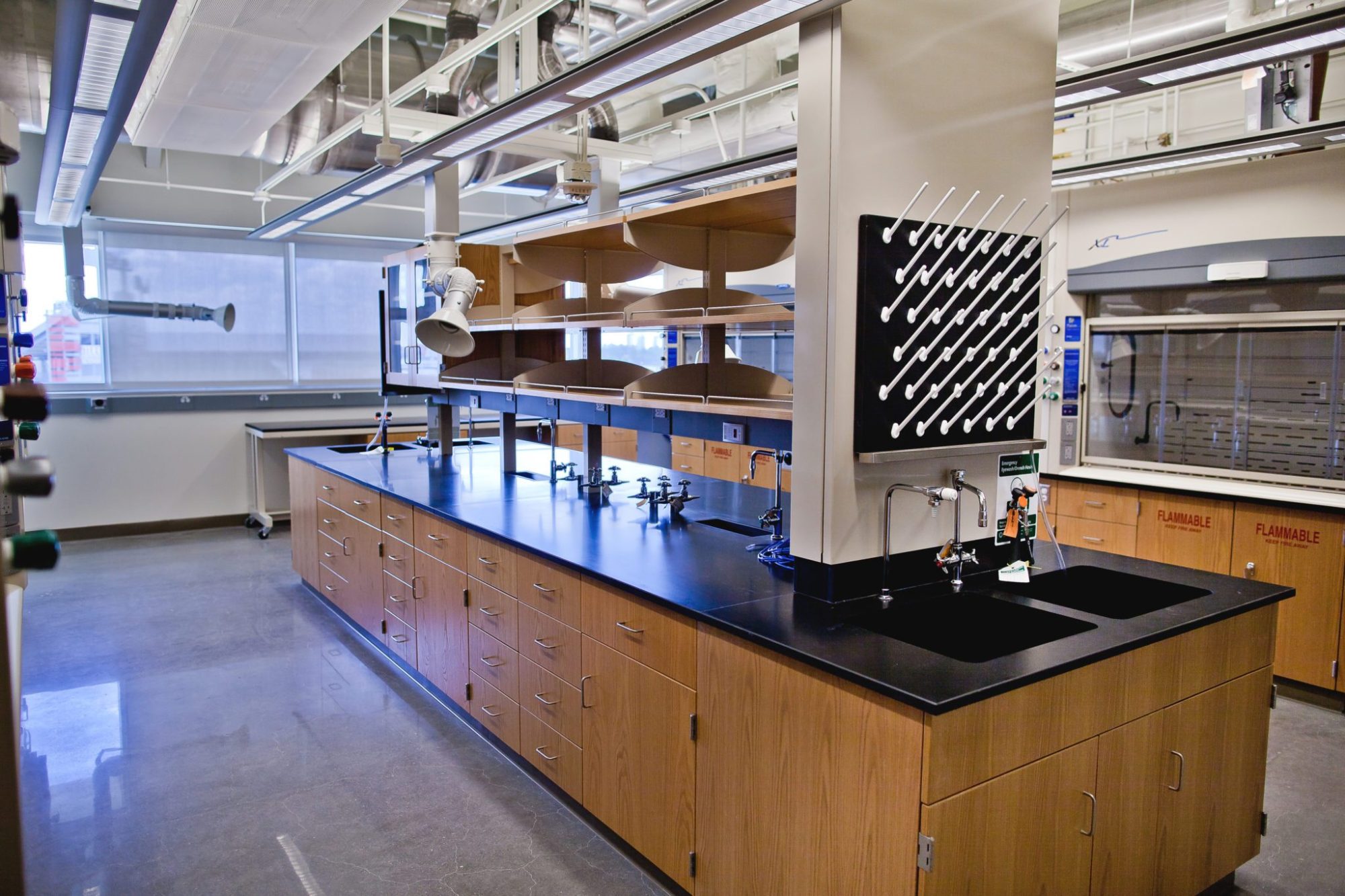“Water, water everywhere/Nor any drop to drink” is a quote by the sailor lost at sea in a derelict ship from “The Rime of the Ancient Mariner” by Samuel Taylor Coloridge. This was his frustration at being literally in an ocean of water but having no drinkable water with him.
When considering laboratory purified water, the issue is not having water available, but having the right quality of water available for scientific work. There are many types of water designations for laboratory work and many different institutions and agencies defining water quality. The most successful approach for the laboratory systems planner and engineer is to work with your laboratory client to understand the water quality requirements and create a purified water system that meets the minimum needs of the client.
What is lab grade water? This typically refers to reagent grade water (RGW) which is water that has been sufficiently processed and filtered to allow its use in a scientific procedure so that it will not interfere with accuracy or precision associated with the procedure.
The American Society for Testing and Materials (ASTM) refers to Type I, Type II, Type III and Type IV water, but all testing agencies and standards bodies do not use the same terminology. Older designations might include CLRW (Clinical Lab Reagent Water) or SRW (Special Reagent Water). The CLSI (Clinical and Laboratory Standards Institute) uses the same designation as ASTM, but the actual criteria are not identical. In all cases, however, there are limits for microbial content, total organic compounds (TOC’s), resistivity measured in megohms, and particle size and content.
The most typical designation for lab water is by stating the resistivity, with higher values denoting more purity than lower values. Type I water is typically in the 18 MegOhm range, while Types II – IV are lower numbers. The actual end use of the lab water will determine the detailed parameters that must be met. For example, pharmaceutical grade water may have much lower endotoxin allowances that electronics grade water, but both are designated as Type I water and are at 18 MegOhm resistivity.
Producing lab grade water typically includes several steps, each providing filtration or conditioning to feed the next step. Typical steps include filtration for particulate, adsorption for organic compounds, UV oxidation for removal of microorganisms and deionization (DI) for ion removal.
Water may be treated by several methods. Distillation is a well known and reliable method but is slow and may produce inconsistent water quality. Filtration methods, including reverse osmosis (RO) are probably the most common method in use. Deionization (DI) is the only method that will produce the high resistivity required for Type I water.
For large laboratory applications, a combination of methods is usually utilized, beginning with some pre-treatment such as water softening followed by reverse osmosis filtration, UV treatment and deionization for higher grades. The higher the quality of water, the costlier it is to produce, so designing the system for the minimum requirements will save both capital and operating costs. Often an RO system as the central system, resulting in 2 to 4 MegOhm water, is sufficient for the general lab. Local final filtration and process units, known as “polishers” can provide higher grade water at the point of use.
Highly purified water is aggressive in that after the processing steps to adjust ion levels, etc. the water is “hungry” to return to the earlier base state and will accept ions and from piping materials and system components. Specific materials must be used for high purity systems, such as unpigmented polypropylene piping or electropolished stainless steel piping. The system should be recirculating, as stored water will degrade over time.
At DBR, we work closely with laboratory planners and clients to understand specific needs which enables us to design appropriate water treatment systems and distribution. Please call us with your questions about high purity laboratory water systems.

